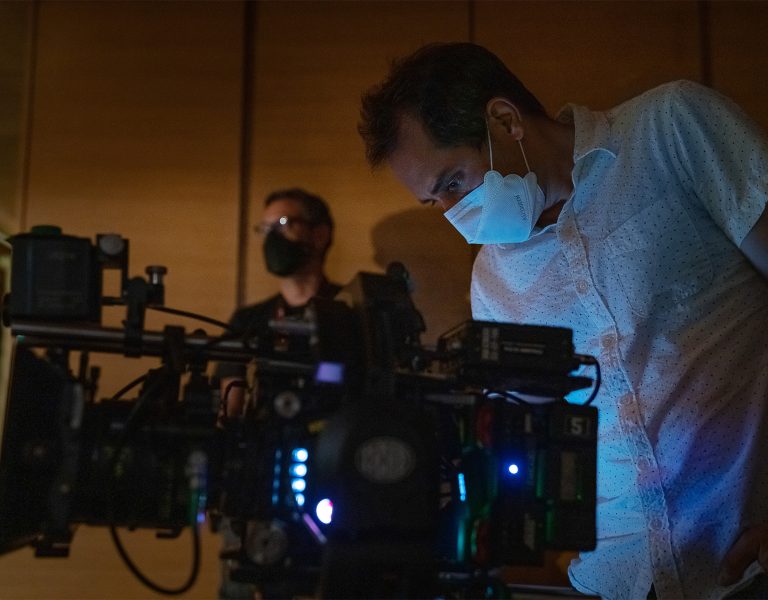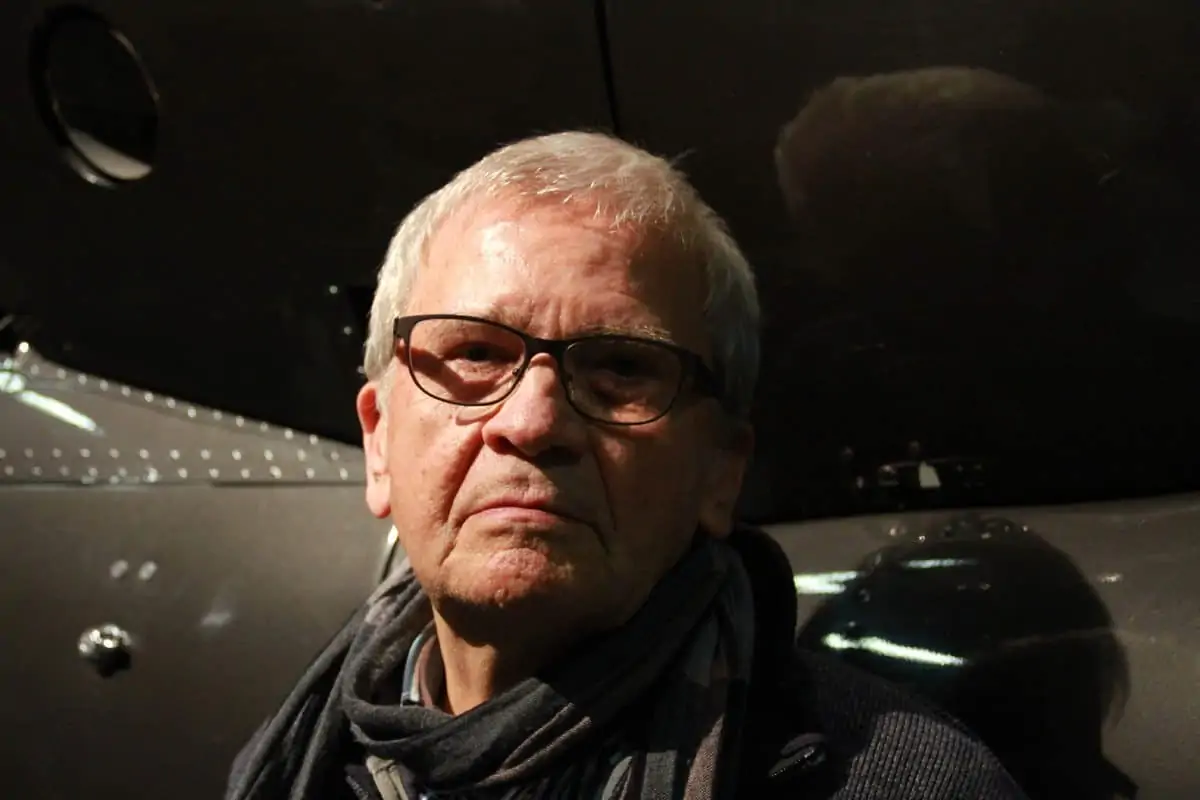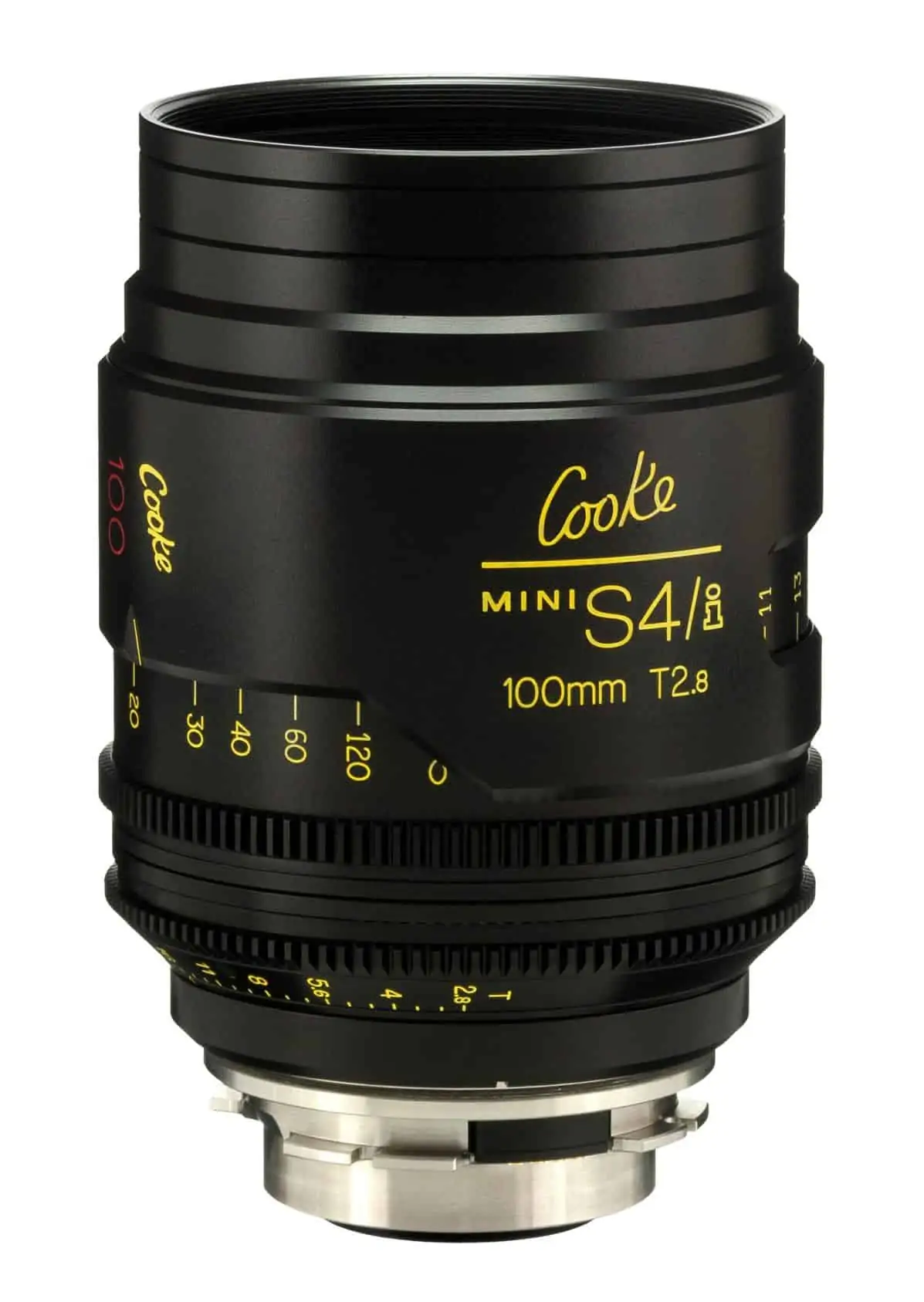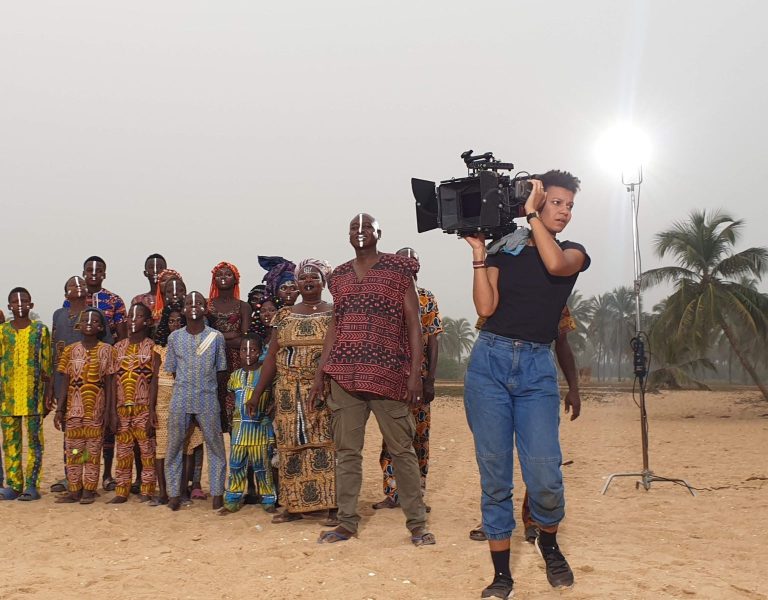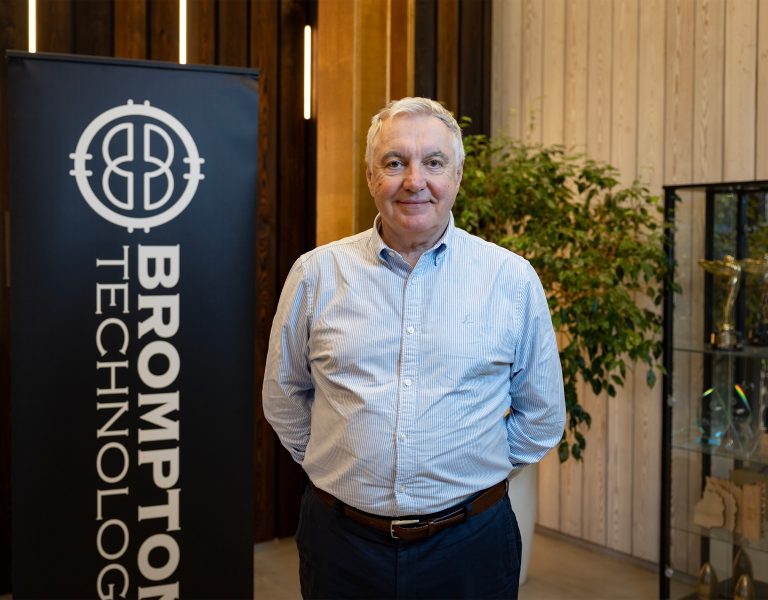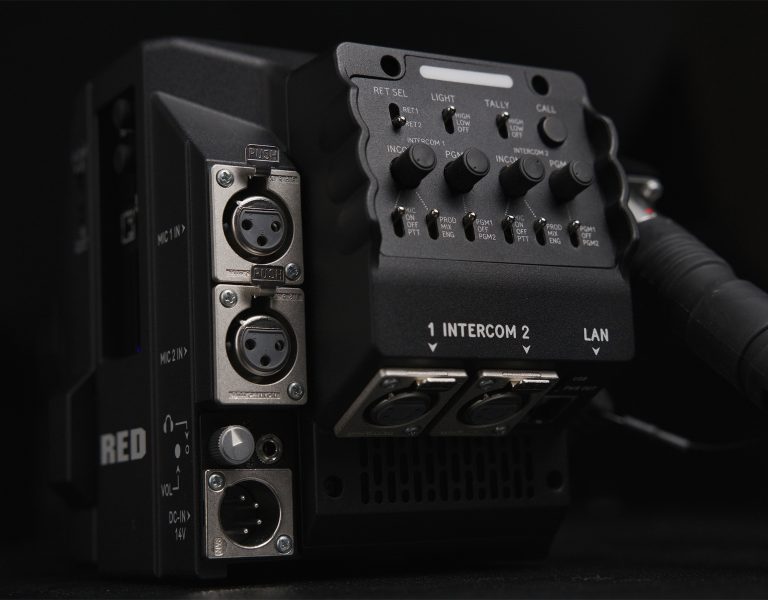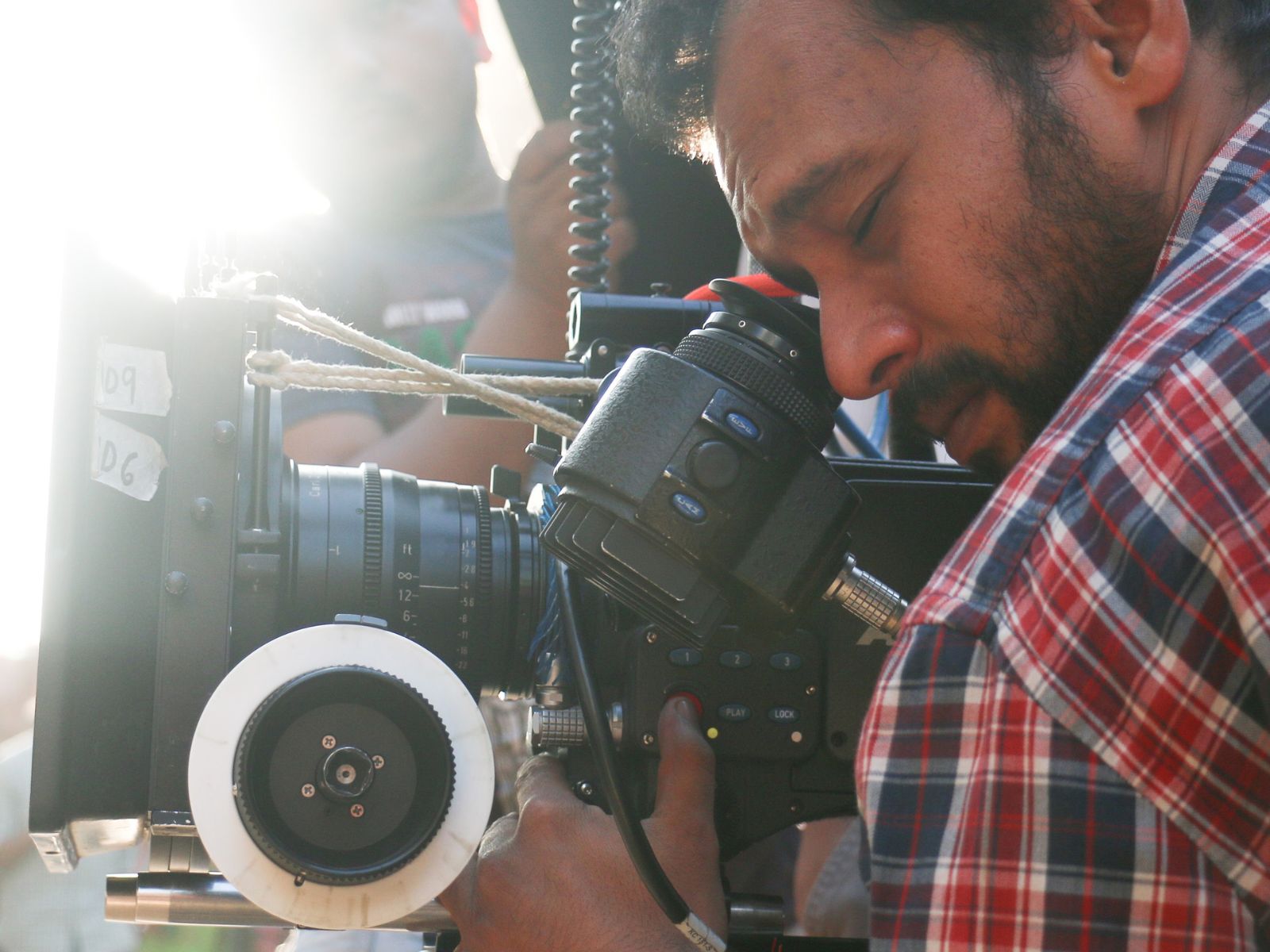
All That Breathes, the most recent film from director Shaunak Sen, debuted on the 2022 international awards circuit with its story of two brothers running a bird sanctuary in Delhi, India. Rich with imagery conveying the connectedness of all life, All That Breathes proceeded to collect the Grand Jury Prize in World Cinema Documentary competition at the Sundance Film Festival, Best Documentary at Cannes Film Festival, and the ASC Best Documentary Feature Award, as well as a nomination for the Academy Award for Best Documentary. Riju Das, one of the cinematographers behind All That Breathes, exercised diligent patience to capture the many incredible small moments that set this film apart. He chose ZEISS CP.3 and CP.2 lenses to create a cinematic look so distinct, viewers can easily forget they are watching real life play out on screen.
“The film had been in the making for almost two years before I came on board,” explains Das. Director Shaunak Sen spent those early days applying for funding and grants while building a relationship with his subjects. “Sometime in early 2021, Ben Bernhard, the other DP of the film, was flown in from Germany and they started shooting. Unfortunately, not long after, the second wave of COVID hit Delhi.” Bernhard had to leave India due to Visa restrictions and a call was placed to Riju Das. “Shaunak explained to me his vision and what they were trying to achieve through the film. It resonated with me so strongly that from that first phone call onwards, I was sure I wanted to do it. I reached Delhi in June and over the next six months we completed the film.”
Taking over from another cinematographer put Das in a unique situation. “Initially I thought that it would be a challenge because Ben had come in and obviously used his own style and approach to shoot the film. A film needs a coherent language. I was a little apprehensive as to how to go about it, but Shaunak was sure about his vision for the film. Ben and Shaunak had set a tone for the film but two thirds of it was left to shoot and the language was still developing. We spoke a lot about the film and exchanged notes on movies in general and life itself. As we began filming, we worked out the way to shoot while keeping the language coherent.” Das travelled to Delhi and dove into the project with Sen.
“The film is an exposition of the philosophical idea of coexistence and interconnectedness of all life on earth, told through the story of these two brothers who work incessantly and incredibly hard to rescue, save, and treat black kites (native birds of prey) in Delhi,” describes Das. “We generally don’t stop to look at how an ant or a mosquito is moving, but this film makes you do that: stop and look at different forms of life in a manner that makes all creatures appear as individuals.” Das would act as a vehicle to realize the director’s careful vision, with shots so beautifully composed, they can appear almost staged.
“It was about stopping and looking. We spent hours and sometimes even days trying to get a single shot,” Das describes. “For example, if you look at the shot where the camera tilts down from city life and traffic, and then comes down to finally reveal creepy crawlies in little puddles of water, and then the reflection of the plane appears in the water itself–we shot that shot for about three days. We shot so many takes, I lost count. But there was only one take where the plane flew in.”
It wasn’t just with the critters and wildlife that the filmmakers practiced this rigorous patience and diligence. “Even when shooting the brothers, we would put the camera on a slider, and be at a safe distance from them so that we didn’t interfere with their activities. We just kept moving the slider left to right, right to left, or did slow pans and tilts, pulling focus from one place to the other, while they were doing their own thing. We would keep shooting till we felt we got the right moment on record.” The uninhibited and casual behavior of the brothers was made possible with this patient cinematography.
Das was already familiar with ZEISS lenses when he chose the glass to pair with his Canon C70 camera body. “From the very beginning I knew that I wanted to use the ZEISS CP.2s and CP.3s,” the cinematographer explains. “A lot of non-fiction films are often shot with still lenses because they’re lightweight and easy to move around with. But we wanted a cinematic feel to this film and for image to really look like cinema and not like any other video that could be seen on social media. At the same time, the lenses had to have a small form factor because we were often shooting in very cramped spaces. With the CP.3 and CP.2 lenses, you have that perfect balance of a lightweight yet robust cinema lens.”
–
This article was originally published by ZEISS.
